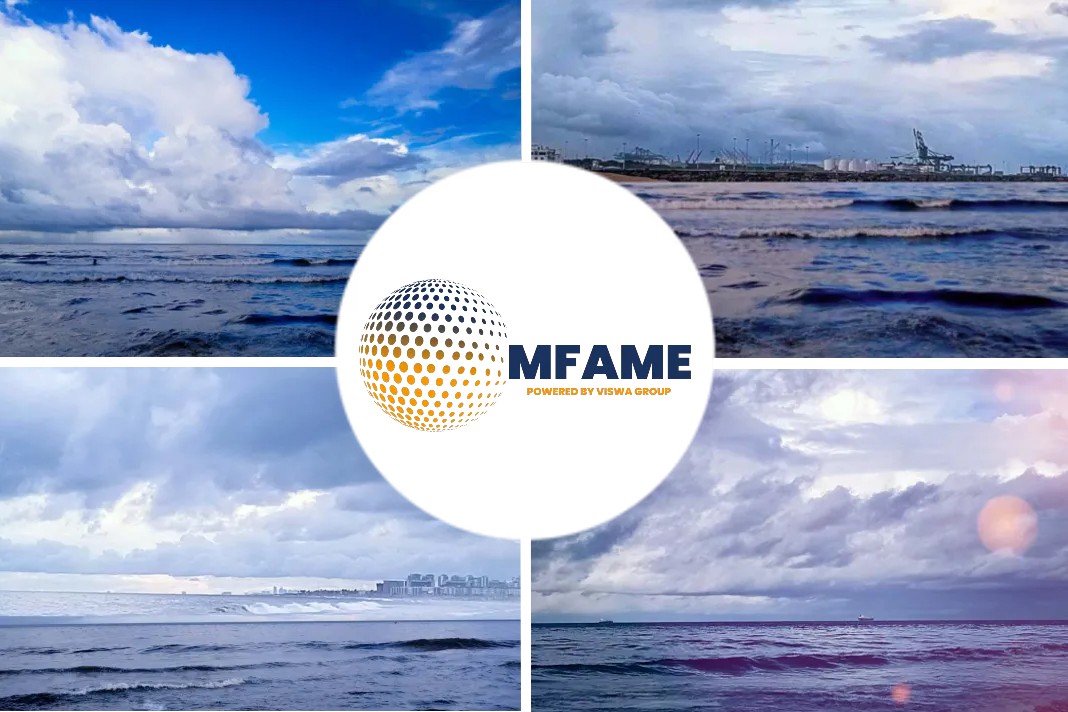- Australian oil and gas producer Santos recently sold a 550,000-barrel cargo of Pyrenees crude.
- The premium of around $31/b to Platts Dated Brent crude assessments on an FOB basis, the highest premium on record for the heavy sweet Australian grade.
- Pyrenees have a gravity of 19.3 API with 0.19% sulfur and Van Gogh has an API gravity of around 17 and sulfur content of 0.33%.
- The latest spot premium of $31/b and the equivalent Platts Dated Brent whole month value for March of $63.83/b assessed at the Asia market.
According to an article published in Platts, Australia looks set to reap the benefits of the International Maritime Organization’s global sulfur cap as the country’s heavy sweet crude oil is widely considered one of the best feedstocks for making IMO-compliant marine fuels and many Asian refiners are willing to pay lofty spot premiums for it.
Spot price differentials spike
Multiple Australian heavy sweet crude grades have seen their spot price differentials spike to record highs in recent weeks, reflecting the boost in demand for low sulfur fuel oil after the IMO’s sulfur cap on bunker fuels was imposed from January 1.
Australian oil and gas producer Santos recently sold a 550,000-barrel cargo of Pyrenees crude for loading over March 4-8 to a Japanese buyer at a premium of around $31/b to Platts Dated Brent crude assessments on a FOB basis, the highest premium on record for the heavy sweet Australian grade, S&P Global Platts reported last week.

Multiple refinery officials in Asia
Crude and bunker fuel traders, as well as multiple refinery officials in Asia, told Platts that the high premiums paid do not reflect the refining value of the crude, but rather its value for blending into the low sulfur fuel oil pool.
Australian heavy sweet crudes including the Pyrenees and Van Gogh are widely seen as ideal for blending into low sulfur marine fuels due to the grades’ rich fuel oil yield, very low sulfur content and unique specifications such as low pour point and high flash point, industry and Asian refinery sources have told Platts.
Giant OPEC producers in terms of output and export volumes
Australia may not be on par with giant OPEC producers in terms of output and export volumes, but it stands among the top-tier producers in terms of quality of the crude and condensate produced, making it a niche market for Asian buyers to tap into.
“Australian crudes, light or heavy, are the sweetest grades you could ever find. They typically have a sulfur content of less than 0.3%-0.4%, which means [some of the country’s] heavy grades could go straight into the low sulfur marine fuels blending pool,“ said a crude trading manager at Beijing-based China oil, a trading arm of state-run PetroChina.
Pyrenees have a gravity of 19.3 API with 0.19% sulfur and Van Gogh has an API gravity of around 17 and sulfur content of 0.33%, according to the latest assays seen by Platts.
World’s most expensive crude
Taking the latest spot premium of $31/b and the equivalent Platts Dated Brent whole month value for March of $63.83/b assessed at the Asia market close on Monday, this puts the indicative outright value of Pyrenees at around $94.83/b — essentially making the Australian oil one of the most expensive grades in the world, Platts data showed.
“[The price] is a bit crazy; it is probably the world’s most expensive crude,“ a Singapore-based crude trader said.
Santos had indicated a minimum bid of a $21.15/b premium to Dated Brent in its latest Pyrenees crude tender, reflective of recent stellar LSFO values in Asia, multiple trade sources with close knowledge of the tender outcome told Platts.

Demand for LSFO outpacing supply in Singapore
Platts assessed Marine Fuel 0.5% at $602.83/mt on a FOB Singapore basis Monday, equivalent to $94.93/b using a conversion of 6.35 barrels per metric tonne, making it comparable to Pyrenees’ value.
With demand for LSFO outpacing supply in Singapore, the world’s biggest bunkering hub, the price of Marine Fuel 0.5% has spiked by more than 185% month on month.
Singapore is expected to be short of low sulfur fuel oil with a maximum of 0.5% sulfur as supplies currently average around 2 million-2.5 million mt/month, short of the 4 million/month of demand for the fuel oil grade, Asian trade sources said.
That 2 million-2.5 million mt/month of supply includes about 200,000 mt/month of Australian heavy sweet crude oil, fuel oil traders in Singapore said.
Looking to take full advantage of stellar spot market premiums paid for heavy sweet crude oil since the second half of 2019, Australian suppliers have been stepping up efforts to increase their supply in the Asian market.
Woodside Energy, for one, started marketing heavy sweet crude cargoes from the Greater Enfield project in the fourth quarter of last year.
Spot premiums offset weak outright prices
The high spot differentials paid for various Australian crude grades provide some relief to domestic producers after Canberra recently issued a downbeat assessment of its outright oil price outlook for the next couple of years.
Australia’s Department of Industry said in the December edition of its Resources and Energy Quarterly that it expects ICE Brent crude futures to average $62.40/b in 2020, lowering its earlier forecast by 7%.
Despite the drop in global supply amid OPEC production cuts, the US-China trade tensions have weighed on global economic growth and consequently oil demand from most OECD nations, the department said.
“Spot premiums in double-digit figures would comfortably cover a modest year-on-year drop in outright prices, it’s a relief as far as export earnings are concerned,“ a BHP marketing source said.
Did you subscribe to our daily newsletter?
It’s Free! Click here to Subscribe!
Source: Platts
















